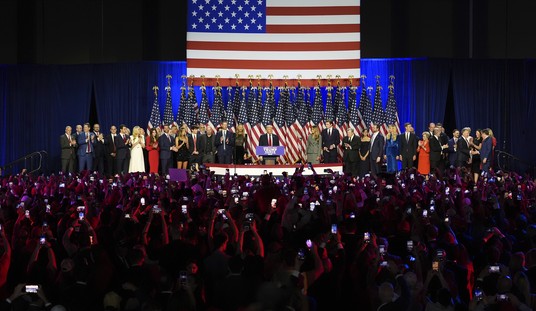The March 7, 1945, seizure the Rhine River's Remagen Bridge by a U.S. Army task force is an outstanding example of individual and organizational initiative and carefully assessed aggressiveness. A lesson in leader intuition, one with application to politics and business as well as battle, lies within the operation's deep history.
The moment of capture was a thriller. Ignoring span-rattling enemy demolition charges and German fire from the Rhine's east bank, approximately 60 young American soldiers raced across the damaged bridge that blundering German military engineers had not quite destroyed. By March 17, when it collapsed, six U.S. divisions had followed them, shattering the Nazi regime's last line of strategic defense on the Western front.
The wide, swift Rhine presented the attacking Allied armies with a major, easily defended obstacle. The German timetable for destroying the Rhine's 22 bridges, however, had two competing objectives: Let Germans retreat east but prevent the Allies from grabbing a span.
On March 7, a 9th Armored Division task force led by Lieutenant Colonel Leonard Engeman approached Remagen. At 10:30 a.m., a pilot in an artillery observation Piper Cub reported Remagen's Ludendorff Railroad Bridge (its official name) was still intact. The Germans had blown up the Rhine's other 21 spans. Brigadier Gen. William Hoge (commander, Combat Command B, 9th Armored) received the news. At 1 p.m., Engeman's armored scouts reported that German soldiers and vehicles were still streaming east. The bridge had two rail lines, one of them planked over for use by retreating vehicles.
Hoge arrived on the scene. Risk versus reward: He knew the risk in American blood was high. He had little information on German defenses in Remagen. If his men took the bridge and got across, what happened if German forces counter-attacked and cut them off?
Recommended
Hoge believed he faced court-martial charges if the gamble he contemplated failed. U.S. commanders had been told their forces were not to cross the Rhine, though the prohibition had some maybes and a little murk. Alliance politics played a role. The British were to lead the Allied assault on central Germany. Field Marshal Bernard Montgomery's long-awaited Operation Plunder would begin in late March. Monty would star. U.S. forces were assigned a supporting role.
But Hoge also understood the enormous opportunity. Leap the Rhine now and U.S. armor would run loose behind still-fluid German defenses. British and American soldiers would not have to cross the Rhine in rubber boats and die by the thousands.
Hoge ordered infantry and tanks to attack into Remagen. At 3 p.m., a German prisoner told his American captors the bridge was going down at 4 p.m. Engeman took a cavalry troop (light armored vehicles) and a team of infantry and tanks, and struck for the bridge.
At 3:50 p.m., as a U.S. infantry squad stepped onto the bridge, a demolition charge exploded. But it did not collapse. U.S. tanks fired on German machine guns. Infantrymen and combat engineers raced across, ripping every wire that might link to a demolition. One sergeant, despite heavy fire, ran across the entire 117-meter span. His squad followed him. That is physical courage and leadership, in the toughest of circumstances.
The Allies had a bridge over the Rhine. For the first time since the Napoleonic wars, a German enemy had successfully attacked across the Rhine.
The individual and organizational initiative displayed at Remagen is self-evident. By March 1945, 9th Armored was a seasoned, veteran unit. Its soldiers had confidence in themselves and their leaders.
Hoge saw the opportunity to achieve extraordinary gains. His intuition and careful assessment lead him to take an aggressive risk.
Today, at least among media psychologists, aggressiveness has connotations of maladjusted, threatening social behavior. The business community's definition of aggressiveness in the marketplace more closely describes Hoge's decision to order his soldiers to seize the bridge: assessing the risk but acting on an opportunity that could produce enormously valuable gain.
With the bridge in hand, Supreme Allied Commander Gen. Dwight Eisenhower exhibited initiative at a higher level of command and changed his operational war plan. Now the U.S. would make the main effort. The battle for Germany was underway.
























Join the conversation as a VIP Member